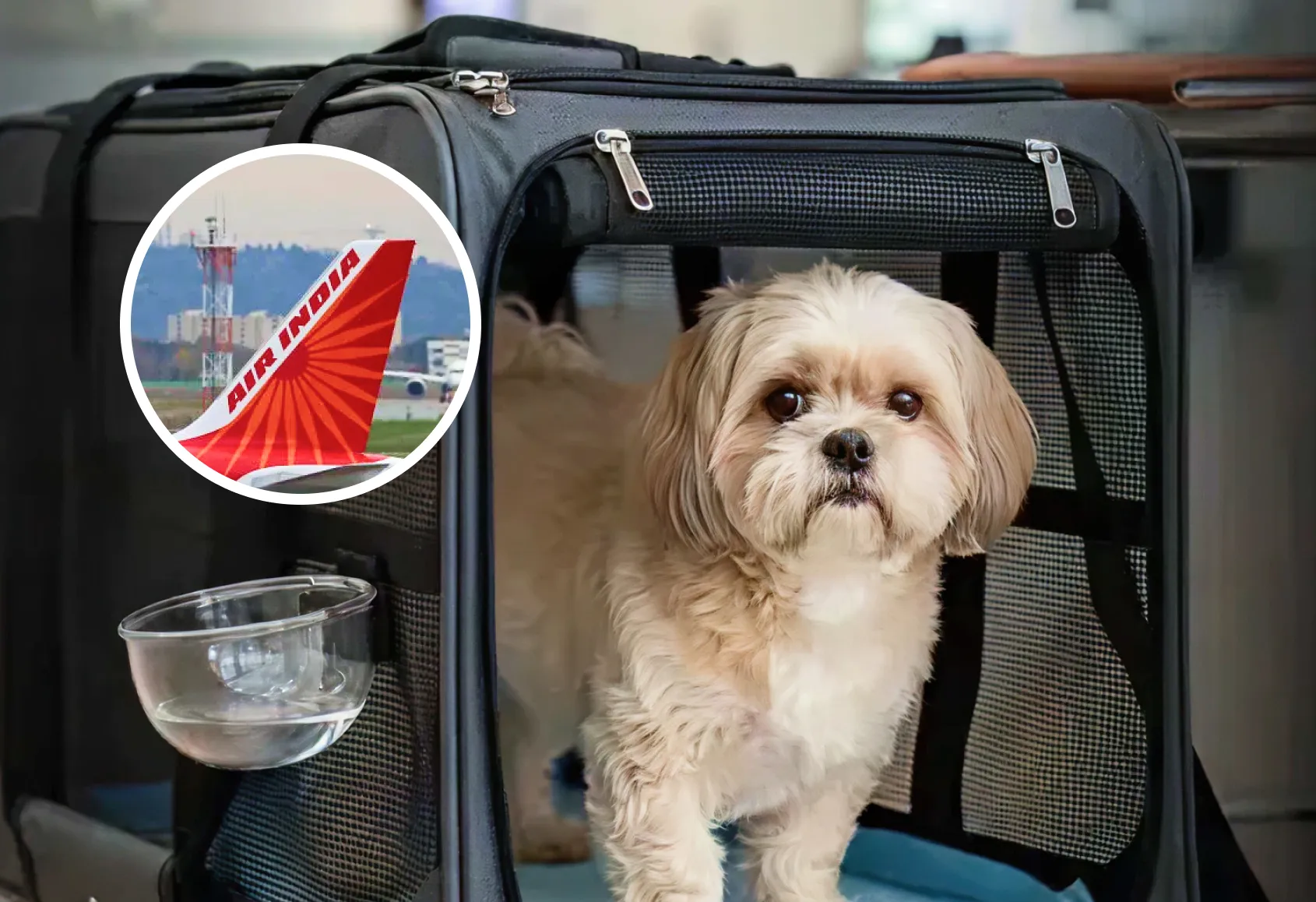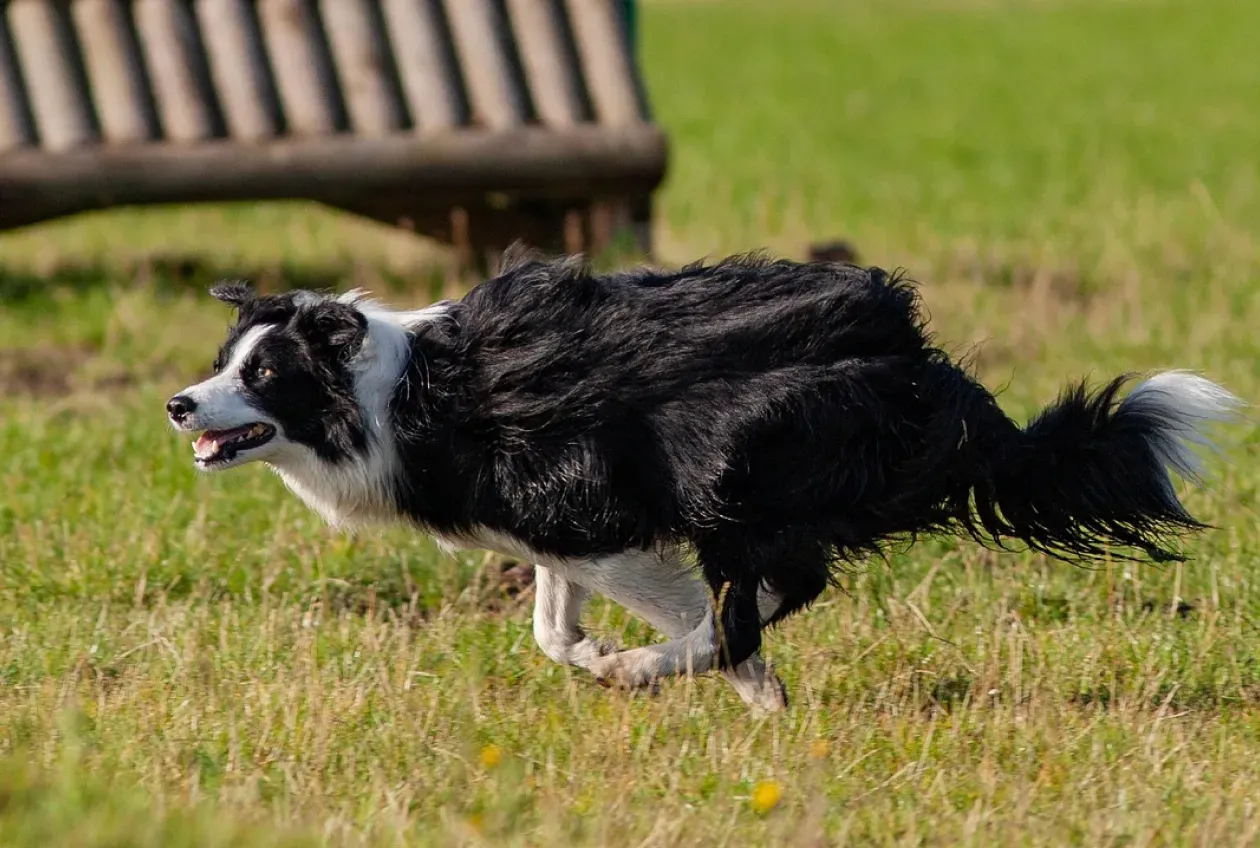All Pets
Media
Rescue & Shelters
Pet Services & Shops
Happy Mart
Events
T-Shirts
Home
/
Dog Breeds
/
Sarplaninac
Sarplaninac
Origin
North Macedonia
Serbia
Size
Large Breed
Ideal Space
House with backyard
Ideal Weather
-10º-25ºC
Life Expectancy
11-13 years
Cost of buying
₹ 25,000 - ₹ 80,000
Top 5 Traits
Protective
Disciplined
Fearless
Intelligent
Loyal
Avg Monthly Expenses
₹ 5,700 - ₹ 8,550




Overview of the Sarplaninac breed
Characteristics
Barking
Quiet
Loud
Temperament with Kids
Aggressive
Friendly
Playfulness
Silent
Very Playful
Friendliness
Not Friendly
Super Friendly
Compatibility with other dogs
Aggressive
Friendly
Need for attention
Independent
Very Needy
Monthly Expenses

Adopt/Shop of Sarplaninac Breed
Cost of buying
₹ 25,000 - ₹ 80,000
Prerequisites to pet a Sarplaninac
Space and Environment
Access to Groomer
Access to Veterinary
Appropriate Climate
Time and Effort
Lifestyle Compatibility
Are You Ready to Welcome a Sarplaninac?
Nutrition Guide for the Sarplaninac
Monthly Food Expenses
₹ 3,000 - ₹ 4,500
Calories per day
Puppies: 1500 kcal
Adults: 2000 kcal
Essential Nutrients
Protein
Fats
Carbohydrates
Fibre
Vitamins
Minerals
List of foods
Dry Dog Food
Fresh Fish
Fruits
Mutton
Vegetables
Home made meals
Chicken
Fresh Meat
Breakdown of Macro-nutrients
Guide to choose the right food for Sarplaninac Dog
Never Feed These Foods To Sarplaninac
Avoid anything with these ingredients
Alcohol
Avocados
Cherries
Cinnamon
Coffee / Tea
Dairy
Grapes
Onions
Sugar
Salt

Health Guide for Sarplaninac Breeds
Avg Monthly Expenses
₹ 1,500 - ₹ 2,250
Common Health Issues
Hip Dysplasia
Bloat
Canine distemper
Parvovirus
Lyme disease
Parasites
Leptospirosis
Rabies
Well being
Exercise
Bonding
Games
Socialization
Agility Training
Energy Level
Medium
Exercise routine
60 - 90 minutes
Recognising Stress
Changes in appetite
Excessive Barking
Pacing
Excessive Panting
Reluctance to move
Health Issues of Sarplaninac Breed
Vaccination details
Growth Stage
Core Vaccines
6-8 weeks
Canine Distemper, Parvovirus, Rabies (First dose)
10-12 Weeks
Second dose of Canine Distemper, Parvovirus, Rabies
14-16 Weeks
Final dose of Canine Distemper, Parvovirus, Rabies
Annually
Rabies Booster, Leptospirosis, Lyme Disease, and Bordetella (if at risk)
Senior Sarplaninac dog care Guide

Grooming Guide for Sarplaninac
Avg Monthly Expenses
₹ 1,200 - ₹ 1,800
Shedding Level
High Shedding
Hygienic Checklist
Bathing
Brushing
Ear Cleaning
Eye Care
Nail Trimming
Teeth Care
Benefits of Grooming
Cleanliness
Low Shedding
Odourless
Prevents Bad Breath
Prevents infections
Quality of life


Written by
Happy Pet Team
Author
Compare with similar breeds
Frequently Asked Questions
When did the development of the Sarplaninac take place?
The Sarplaninac comes from the rocky Šar Mountains in the Balkans and has served as a livestock guardian for hundreds of years.
Are Sarplaninacs family-friendly?
Yes, but they need an experienced owner.
What are common health issues in Sarplaninacs?
They can be prone to hip dysplasia, certain eye disorders, and skin conditions.













